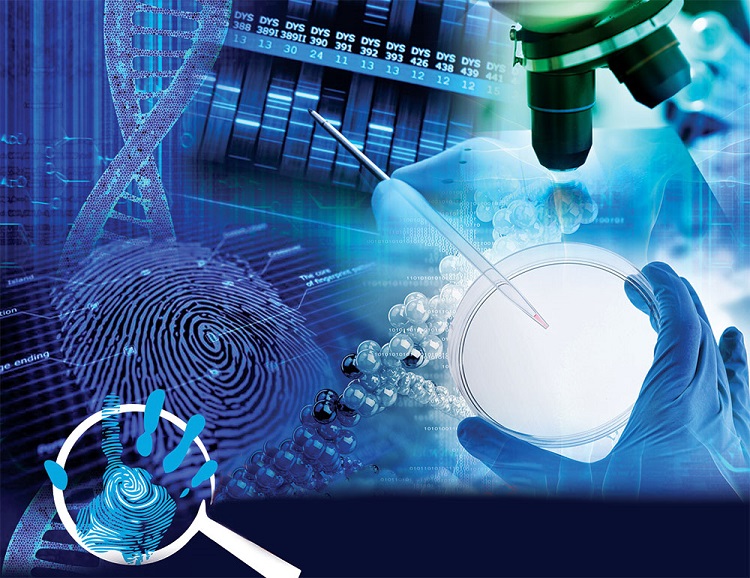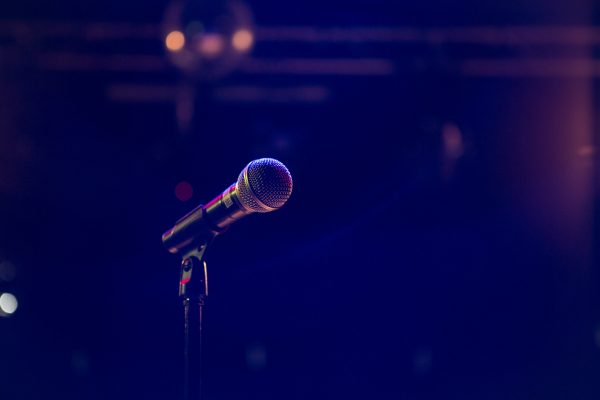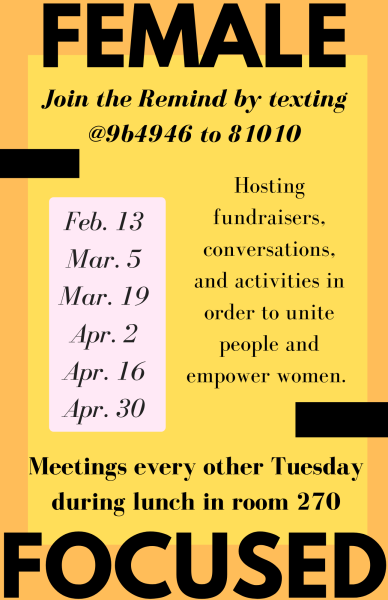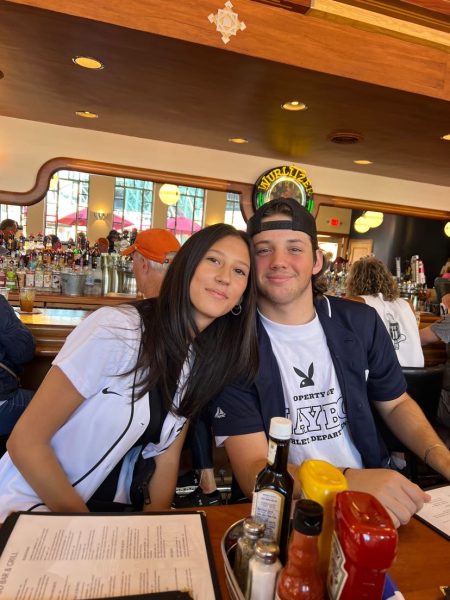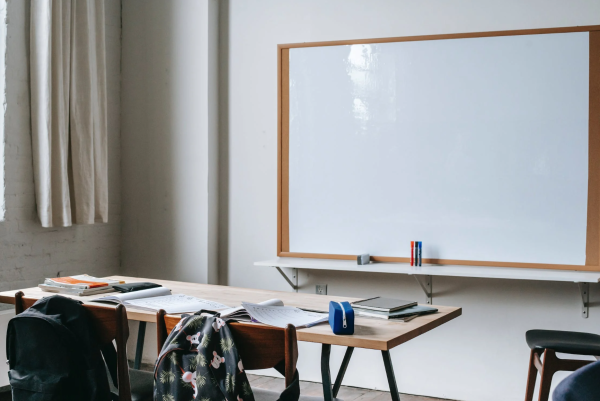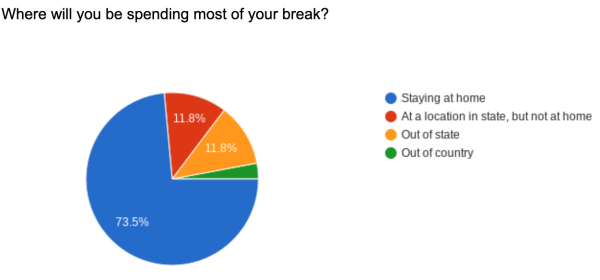If You Don’t Know Now You Know- What Goes Down in Forensics?
Appearing in shows, movies, and popular culture all around the world, forensic science has always been a subject of interest to many people. But what is forensic science in the real world? More importantly, what does it mean to be a member of this field? It is these questions that Berkley High School’s teacher Michael Skowronski wanted to answer for students when he started one of the first forensic science classes in the Oakland County area 20 years ago.
One of the first things Skowronski teaches his students is that, ironically, the proper term for this field is not even forensic science but rather criminalistics: the science behind crime. In the class, students learn various skills such as how to sketch and measure a crime scene, rolling fingerprints, dusting for fingerprints, tendencies in killers, evidence reconstruction, and much more. However, with forensic science being so popular in pop culture, many kids seemed to be shocked how inaccurate these depictions truly are. Junior Abby Samson says, “Now whenever I watch crime shows I am appalled by the fact there are so many errors being made, such as incorrect crime scene protocol and incorrect collection of evidence.”
Skowronski elaborates on this observation. “With multiple different sub fields all contributing a distinct selective type of science, it’s not hard to see how ridiculous it is that only a few people are able to magically solve these complex crimes.”
Knowing this is a complex course, I wondered what students’ thought of it. Senior Clifford Ward Taylor says, “I was fascinated by the complexity and diversity of fingerprints and enjoyed learning about how to roll them onto a card like an FBI agent or police officer.”
After conversing some more with Skowronski, I was intrigued that some of the skills learned in Forensics are not just limited to the classroom. “I have heard many students say that they look at the world differently after they leave this class,” Skowronski says. “Skills such as critical thinking, complex problem solving, and heightened observance of surroundings are definitely things that students take with them from this class.”

But what are some of the aspects that are unique to just the class? Skowronski says a favorite of his is always the big crime scene at the end of the year. “It’s not just wonderful to see students using the skills they have developed all year, but something comical seems to usually end up happening. Like when one year, someone accidentally kicked a mock baby who was central to the scene,” he explains.
As an applied science, it’s not hard to see how this class is popular with students. Yet, I believe that one of the most interesting facts I’ve learned about this interesting class is the sheer number of Berkley bears who have gone from taking this class to related professional careers. According to Skowronski they range from people deep into the police departments around the country, to medical examiners, all the way to those in the Federal Bureau of Investigation.
Looking at the bigger picture, it’s hard to not be impressed by this amazing class. Teaching students critical skills such as observance and problem solving, it truly is a course that seems to leave a lasting impact on those who take it. Having started the journeys of police officers to FBI agents, Skowronski’s Forensic Science course is a true example of Berkley’s wide selection of diverse and fascinating courses. And if you don’t know, now you know.

Hi everybody! My name is Donovan Fobbs, and I have the pleasure of being this year's editor in chief. I’m going to be a senior this year, and this...


